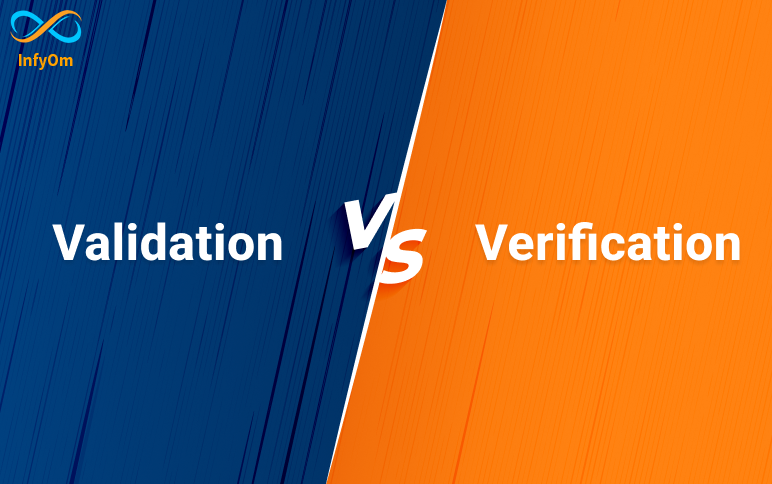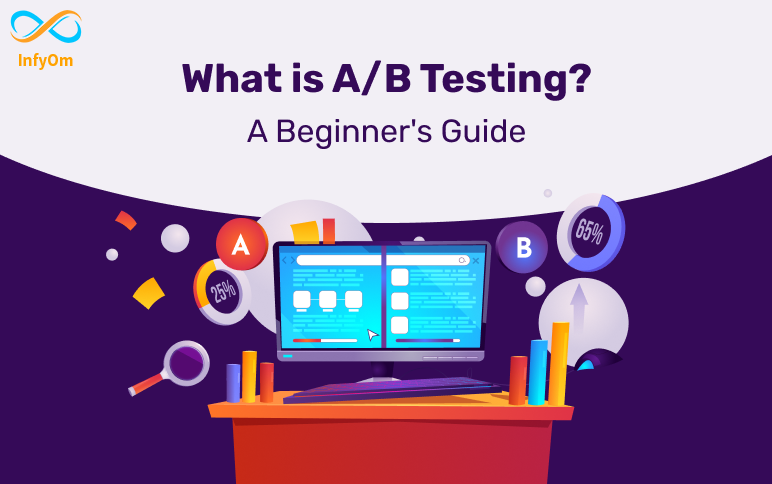In today’s competitive world, testing is critical to the success of any software product. Manual tests are important in software development because they can be used in situations where automated testing isn’t possible. This Blog about Manual Testing Interview Questions will help you learn software testing.
With this thorough list of over 120 manual testing interview questions and answers, you’ll be ready for your software testing interviews. These manual testing interview questions are appropriate for both fresher and experienced candidates.
Let’s start by going through some of the most common Manual Testing Interview Questions.
16) What are the advantages of manual testing?
- Manual testing is cheaper as compared to automation testing.
- Point of view of an end-user, product analysis is possible only in manual testing.
- Using manual testing you can also be done GUI testing accurately because using automation difficult to test visual accessibility and preferences.
- Manual testing is used where the test script is not repeated and reused more times and mainly for short-term projects.
- Manual testing is best at an early stage of development.
17) What are the drawbacks of manual testing?
- Some types of testing are not possible to do manually like load testing, performance testing, etc.
- Sometimes testing is more time-consuming than manual testing like regression testing.
- Manual testing has a limited scope as compared to automation testing.
- For long-term projects, manual testing is very expensive.
18) What’s the role of documentation in Manual Testing?
Documentation plays an important role in achieving good software testing. In the documentation, we are including details like project requirements and specifications, designs, basic business rules, inspection reports, configurations, test planning, test cases, bug reporting, user manual, etc.
Using test cases documentation will easy to estimate the testing efforts that will need to spend with test tracking and tracing requirements. Some of the applied documentation associated with software testing are listed below:
- Test Plan
- Test Scenario
- Test Case
- Traceability Matrix
19)What makes a good test engineer?
A software test engineer is any professional who ensures that the product meets all the expectations and requirements. A software test engineer creates a process for testing a particular product.
- A good tester should easily understand the priority of the task and should have the ability to take the requirements of the customer.
- A good test engineer should have the ability to assert his ideas to maintain a cooperative relationship with developers Tester has the ability to communicate which he can report a bug for negative things positively with developers as well as with customers and management people also.
- Ability to take a risk whenever they need to make important decisions
20) What is the test harness?
A test harness is the cluster of software and test information. Into the test harness test a program unit by running it in a different environment like pressure, load, data-driven, and observing its behavior, reaction, and outcomes. Test Harness is mainly divided into two parts:
- A Test Execution Engine
- Test script repository
21) What is test closure?
Test closure is a document that has a summary of all test cases which is made during the software development life cycle. Test closure has also detail about the analysis and remove bugs and errors found. Test closure also contains a report of executed test cases, total no. of open bugs, total no. of rejected bugs.
22) Do you know, the difference between Positive and Negative Testing?
| Positive Testing | Negative Testing |
|---|---|
| Positive testing ensures that the application working as an expected result, if not then the test is fails | Negative testing ensures that the application can handle the input or unwanted user behaviour. |
| In this testing, the tester tests the application with a valid set of data. | In this testing, tester test the application with an invalid set of data and check their creativity and validation against invalid data. |
23) Define what is a critical bug.
A critical bug is a bug that is the impacts a major functionality of the given application. This means affecting a large area of the functionality or breaking any functionality and there is no other method to overcome this problem. The application cannot be delivered to the end-user unless the critical bug is fixed.
24) What is the pesticide paradox? How to overcome it?
Based on the pesticide paradox, if the same tests are carried out again and again then the outcome of these test cases are the same, so for the same test cases tester is not able to find new bugs. Developers will be extra careful in those parts where the tester found more bugs and might not look into the other areas.
Below describe Methods to prevent pesticide paradox are following:
- Write a whole new different set of test cases continually to exercise different parts of the software.
- On daily basis review the existing test cases and add new test cases to them.
Using these above methods, it is possible that we can find more bugs in the segment where bug numbers are dropped.
25) What is Defect Cascading in Software Testing?
Defect Cascading is the action of triggering other defects in the application. During testing, while defects go unnoticed then other defects are invoked. As an outcome, a greater number of defects crop up in the later stage of development. If defect cascading continues then impact on other components of the application and determining the affected component becomes more difficult. You can make different test cases for resolving this issue but it is very difficult and time-consuming.
26) What is the term ‘quality’ mean when testing?
Quality software is defect-free, delivered on time and within budget, meets conditions and expectations, and is maintainable. Still ‘Quality’ is a personal term. Quality will depend on who the ‘customer’ is and their overall influence in the scheme of things. The accounting department might define quality in terms of earnings while an end-user might describe quality as user-supportive and defect-free.
27) What is black box testing, and what are the various techniques?
Black Box testing also known as specification-based testing, analyses the functionality of the software without knowing about the internal structure of the application. The goal of this testing is to check the whole workflow of the system is works correctly and meets user demands. Various black box testing techniques are listed below:
- Equivalence Partitioning
- Boundary Value Analysis
- Decision Table Based Technique
- Cause-effect Graphing
- Use Case Testing
28) What is white box testing, and what are the various techniques?
White-box testing is also known as structure-based testing, for white box testing requires knowledge of the internal structure of the application. The purpose of this testing is to improve design and usability, check the flow of input/outputs, enhance security. Below are the various kind of white box testing techniques:
- Statement Coverage
- Decision Coverage
- Condition Coverage
- Multiple Condition Coverage
29) What are the Experience-based testing techniques?
Experienced-based testing is all about finding, research, and learning. The tester continuously studies and analyses the product and accordingly applies his skills, trick, and experience to develop test strategies and test cases to perform necessary testing. Various experience-based testing techniques are:
- Exploratory testing
- Error Guessing
30) What is a top-down and bottom-up approach to testing?
- Top-Down
- Testing occurs from top to bottom. This is, high-level modules are tested first and after that low-level modules. Lastly, the low-level modules are integrated into a high-level state to guarantee the framework is working as it is expected to.
- Bottom-Up
- Testing occurs from base levels to high-up levels. The lowest level modules are tested first and thereafter high-level state modules. Lastly, the high-level state modules are corresponded to a low level to guarantee the framework is filling in as it has been proposed to.
![Manual Testing Interview Questions – Every QA Should Read [Part - 2]](https://infyom.com/blog/wp-content/uploads/2024/06/manual-testing-interview-questions-–-every-qa-should-read-part-2.png)


